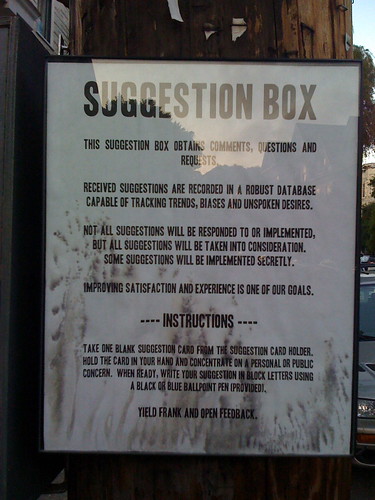Has Ogilvie been stayed???

In a word, no. Ogilvie has not been stayed by the WCAB, Court of Appeals, or any other court at this time. ((Photo courtesy of jypsygen))
A defense attorney is circulating a letter suggesting that he got the Board to agree on Reconsideration to stay the application of Ogilvie on a case until the Supreme Court decides on the issue.
First, let me preface by saying the Board might theoretically decide to not apply the DFEC rebuttal analysis under Ogilvie for any number of reasons:
- Perhaps the defense vocational expert witness was particularly persuasive
- Perhaps the injured worker was a terrible witness
- Perhaps the Board noted a particularly disproportionate effect of Ogilvie
- Perhaps there were a lot of “motivational” issues for the injured worker
- Perhaps the injury was less than 3 years old
Secondly, even if the Board found a way to decline to apply the DFEC rebuttal analysis under Ogilvie in one circumstance, this does not stay or overrule Ogilvie. We would need to see something from either the Court of Appeals or another ((Third!!!)) en banc Ogilvie decision from the WCAB.
Thirdly, while I have not seen the documentation to prove it, I have learned the Board declined to apply the DFEC rebuttal analysis under Ogilvie due to some technical issue not having much to do with the actual Ogilvie case.
So, to recap – Ogilvie has not been stayed. If someone claims otherwise, ignore them until they produce the case. And when you see it… send me a copy!



